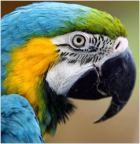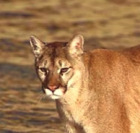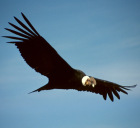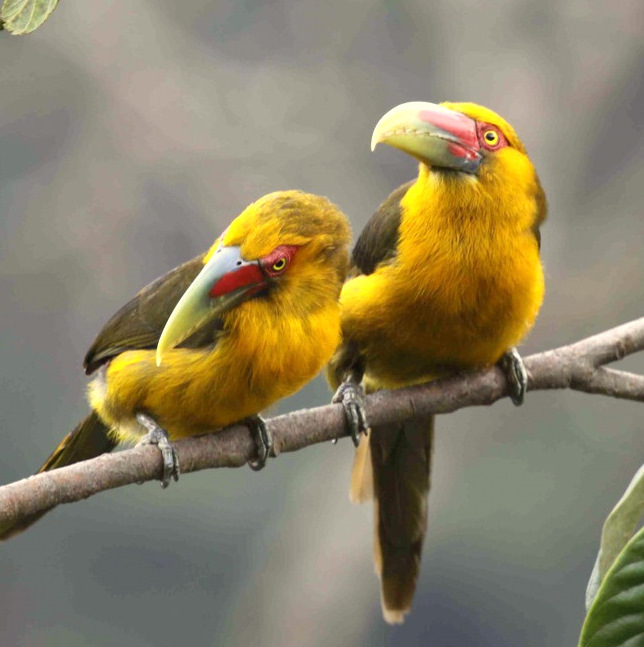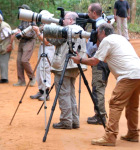ARCHIPELAGIC CHILE AND PATAGONIA: Rare Forests, Remote Fiords and World Class Parks
The island of Chiloé and the national park of the same name, just south of Puerto Montt, was settled long ago by Mapuche Indians, and has continued to exist in virtual isolation since it was claimed by Spain in 1567. The Jesuits played a strong role in shaping the lives of the Mapuche until they were expelled in 1767, and 79 of their churches can still be visited. When Chile rebelled against Spain, the last of the Spanish Governors fled to Chiloé, and in desperation offered the island to Great Britain. The offer was turned down, and the island surrendered to Chile in 1826.
The Chiloé National Park is well worth a visit. Over 106,250 acres of protected land support extensive stands of the Alerce Pine, Fitzroya cupressoides, the oldest and one of the tallest trees on the continent. There is also an impressive stand of Teepee trees, Tepualia stimulais, and a series of sand dunes leading to the coast. Nice hotels, a fair road system and a series of forts and other historic buildings combine with the exuberant nature to merit a stay of three or four days.
Much of the region between Puerto Montt and Puerto Natales was accessible only by boat until recently. The Carretera Austral, or Southern Highway, now extends south from Puerto Monte just over 600 miles to Puerto Yungay. It is still an area that is visited by few as to enter by land requires taking your own fuel and reserving a space on ferries in advance. One interesting way to see the region in passing is by booking on a freight ship that also takes passengers from Puerto Montt to Puerto Natales and back. It passes through the extensive archipelago of snow-capped mountains, glaciers and lush southern forests. Here's a good tip for those of you who are considering this: Traveling south, your ship is taking vegetables and fruit to Puerto Natales. On the return trip, you travel with smelly sheep heading north.
Puerto Natales gives us access to the unbelievable Torres del Paine National Park, truly one of the extremes of the natural world. Designated as a World Biosphere Reserve, stark, craggy mountains, turquoise blue lakes, waterfalls, enormous glaciers, forests and grasslands provide habitat for Guanacos that do not run from man as they seem to everywhere else the occur. One can also see Lesser (Darwin's) Rhea, Andean Condor, Ashy-headed Goose and the powerful Magellenic Woodpecker, along with over 20 species of ducks. Torres del Paine is often the favorite stop on any tour.
The Bernardo O'Higgins National Park is the largest of the Chilean parks, with over 2,470,000 acres. It is largely inaccessible, but can be visited by ship on a breath-taking cruise from Puerto Natales. Sailing in an area where frigid waterfalls plunge into the sea, we'll reach the Balmaceda and Serrano glaciers with icebergs, Southern Sea Lions, Andean Condors and Black-necked Swans making up the backdrop. It makes for quite an exhilarating day.
Punta Arenas in the southernmost part of continental Chile, is a good base for visiting several different habitats. One can fly into this city and drive north to Puerto Natales and Torres del Paine, but we usually include a few days in the Punta Arenas region to visit the Magellenic Penguin colony at Seno Otway, among other places. The Southern "False" Beech (Nothofagus spp.) forests of the nearby Laguna Parrillar National Park are only found in the world's most southern regions, including Tasmania, New Zealand, New Caledonia and New Guinea. There is not a lot of animal life here, but while the quantity is low, the quality is high. We may see the fascinating Thorn-tailed Rayadito, Patagonian Sierra-Finch and possibly a Rufous-legged Owl.
Of particular interest to the birder will be a few days spent across the Straights of Magellan on Isla Grande - Tierra del Fuego. While many coastal and steppe birds can be seen, of special interest are the Austral Canestero, the nomadic Snowy Sheathbill, the rare and localized Magellenic Plover, Dark-faced Ground-Tyrant and the extremely rare Black-throated Finch. Time spent in Tierra del Fuego may be the high point of a birder's Chilean trip.

